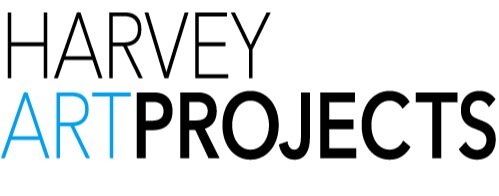BELONGING TO MARTU | Martumili Artists USA 2020
“When Martu paint, it’s like a map. Martu draw story on the ground and on the canvas, and all the circle and line there are the hunting areas and different waters and tracks where people used to walk, and [some you] can’t cross, like boundaries. So nowadays you see a colourful painting and wonder what it is, but that’s how Martu tell story long ago. It’s not just a lovely painting, it’s a story and a songline and a history and everything that goes with it.”
Recognized for their diverse, energetic and unmediated painting styles, their works reflect the dramatic geography and scale of their homelands. The group proudly maintain their creative practices whilst pursuing social and cultural obligations across the Martu homelands. Martu elders formed their art centre and named it Martumili (Belonging to Martu).
This body of work portrays Country, often aerial representation of a particular location known to the artists- land that they or their family travelled, from the pujiman (traditional, desert dwelling) era to now. During the pujiman period, Martu would traverse very large distances annually in small family groups, moving seasonally from water source to water source, and hunting and gathering bush tucker as they went. At this time, one’s survival depended on their intimate knowledge of the location of resources; thus physical elements of Country, such as sources of kapi (water), tali (sandhills), different varieties of warta (trees, vegetation), ngarrini (camps), and jina (tracks) are typically recorded with the use of a use of a system of iconographic forms universally shared across the desert.
Martumili Artists was established by Martu people living in the communities of Parnpajinya (Newman), Jigalong, Parnngurr, Punmu, Kunawarritji, Irrungadji and Warralong, and it draws on strong influences of aboriginal art history. The artists and their families are the traditional custodians of vast stretches of the Great Sandy, Little Sandy and Gibson Deserts as well as the Karlamilyi (Rudall River) area. Most Martu people maintain an entirely independent, nomadic desert lifestyle until the 1950s and 1960s when they walked into settlements in response to a long and severe drought. Today, Martu people live in their own communities and regularly visit regional centers such as Newman and Port Hedland.
Featuring – Bugai Whyoulter | Biddy Bunawarrie | Corban Clause Williams | Cyril Whyoulter | Jakayu Bilajabu | Kumpaya Girgirba | Ngamaru Bidu.
Until December 15th.

















